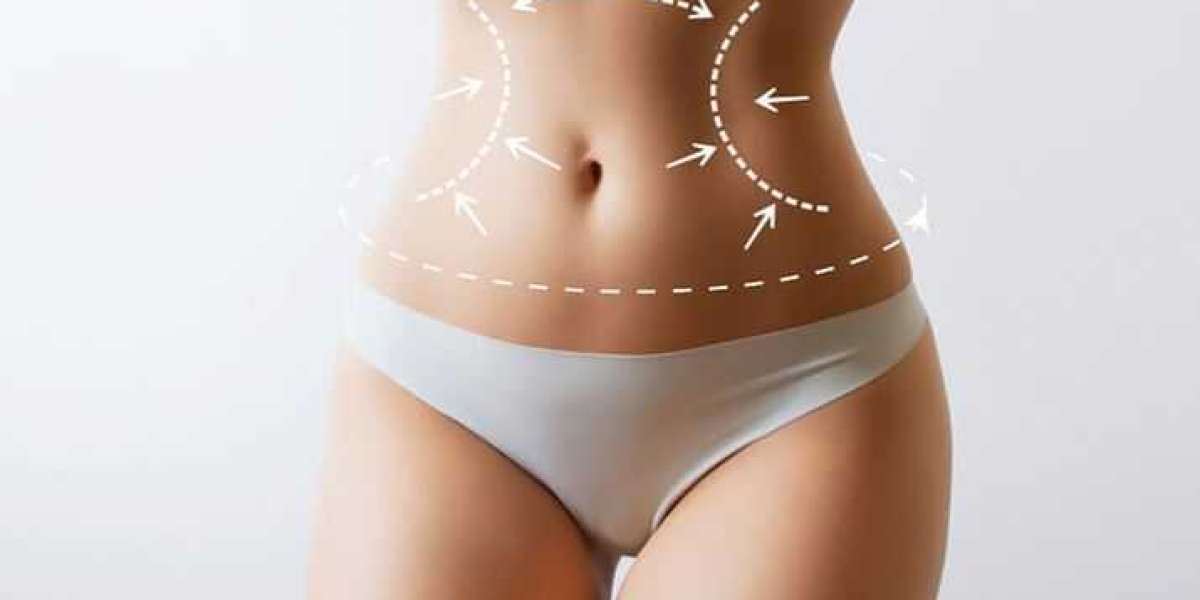Cosmetic surgery has come a long way in recent years, and among the most popular procedures performed globally is the removal of unwanted body fat. Whether it’s for reshaping the abdomen, thighs, arms, or chin, many individuals turn to surgical solutions to achieve a more contoured look. At the center of these body-sculpting procedures is liposuction, a technique that has stood the test of time and continues to evolve with modern medical advancements.
What the Procedure Involves
The process begins with a thorough consultation. During this phase, the surgeon evaluates the areas of concern, reviews medical history, and discusses the patient’s goals. The objective isn’t just about removing fat but doing so in a way that enhances the body’s natural shape.
On the day of surgery, the patient is typically placed under general anesthesia or local anesthesia with sedation. Small incisions are made near the targeted areas, and a cannula—a thin, hollow tube—is inserted beneath the skin. The fat is loosened and suctioned out through this tube using a vacuum-like device. Depending on the extent of the procedure, surgery can last from one to three hours.
There are different techniques used in this process. Tumescent liposuction involves injecting a saline solution mixed with anesthetic and epinephrine to reduce bleeding and ease fat removal. Ultrasound-assisted methods use sound waves to break up fat, while laser-assisted liposuction melts the fat before suctioning, making it easier to extract.
Who Makes a Good Candidate?
Not everyone is suited for this kind of surgery, and understanding candidacy is essential. Ideal patients are generally healthy adults close to their target weight but struggling with localized fat deposits that are resistant to diet and exercise. These could be genetic pockets of fat or areas that haven’t responded to weight loss efforts.
It’s also crucial that candidates have good skin elasticity. Since the fat is being removed from under the skin, firm skin helps ensure that the remaining tissues retract and mold smoothly over the treated area. People with significant sagging or loose skin might require a skin tightening procedure in conjunction with fat removal for optimal results.
Lastly, psychological readiness is as important as physical fitness. A clear understanding of what the surgery can and cannot do helps ensure patient satisfaction. This procedure is not a weight-loss solution; it’s about refining and contouring.
Recovery and Aftercare
The recovery process varies depending on the size of the area treated and the individual’s overall health. Most patients experience swelling, bruising, and mild discomfort in the days following surgery. Compression garments are typically worn to reduce swelling and support healing tissues. These garments should be worn for several weeks as advised by the surgeon.
Light activities like walking are encouraged within the first 24 hours to promote circulation, but strenuous exercise and heavy lifting are off-limits for a few weeks. The majority of swelling usually resolves in four to six weeks, but residual swelling can linger for up to three months.
Pain is generally manageable with prescribed or over-the-counter medications, and most people return to work within a week or two. However, patience is key—final results may take several months to fully appear as the body adjusts and settles.
Potential Risks and Complications
As with any surgical procedure, there are potential risks. These include bleeding, infection, anesthesia complications, and irregular contours. In rare cases, fluid accumulation (seromas) or fat embolisms can occur, both of which require immediate medical attention.
Skin irregularities such as dimpling, sagging, or asymmetry can also result, especially if the procedure was performed by an inexperienced surgeon. That’s why choosing a board-certified and well-reviewed plastic surgeon is crucial. A reputable provider will assess your risk factors, answer your questions honestly, and provide realistic expectations.
In the hands of a skilled professional, serious complications are uncommon, and the procedure can be safely performed with minimal downtime.
Long-Term Results and Expectations
The fat cells removed during surgery do not come back, which means the results are technically permanent. However, the remaining fat cells can still grow if a patient gains weight. This highlights the importance of maintaining a stable weight through a healthy lifestyle.
Many patients report a boost in self-confidence and body image after surgery, but it’s important to remember that this is a tool, not a cure-all. A balanced diet, regular physical activity, and ongoing health check-ups contribute significantly to preserving the results.
Also worth noting is the emotional impact. While physical changes are often the focus, many individuals experience improved self-esteem, comfort in clothing, and increased motivation to maintain their new shape. When approached with the right mindset, the procedure can offer both aesthetic and psychological benefits.
Choosing the Right Surgeon and Clinic
Finding the right professional makes all the difference. Look for a board-certified plastic surgeon with experience specifically in body contouring. Review before-and-after photos, read patient testimonials, and don’t hesitate to ask detailed questions during your consultation.
The facility should be accredited, clean, and equipped with modern technology. Trust and communication are essential—you should feel fully informed and comfortable with the surgeon’s approach. A good provider won’t pressure you into surgery but will help you understand whether it’s the right choice for you.
Cost is another consideration. While pricing can vary based on the area treated, geographic location, and technique used, cheaper isn’t always better. Prioritize safety, expertise, and proven results over bargain deals.
Conclusion
Undergoing any cosmetic procedure is a personal decision that should be made with care and adequate knowledge. Fat removal surgeries like this one are not about achieving perfection but enhancing natural beauty in a safe and sustainable way. With the right expectations, the right surgeon, and the right mindset, this procedure can be a valuable tool in one’s journey toward self-improvement. Ultimately, it’s not just about changing how you look—it’s about feeling more confident in the body you already have.


